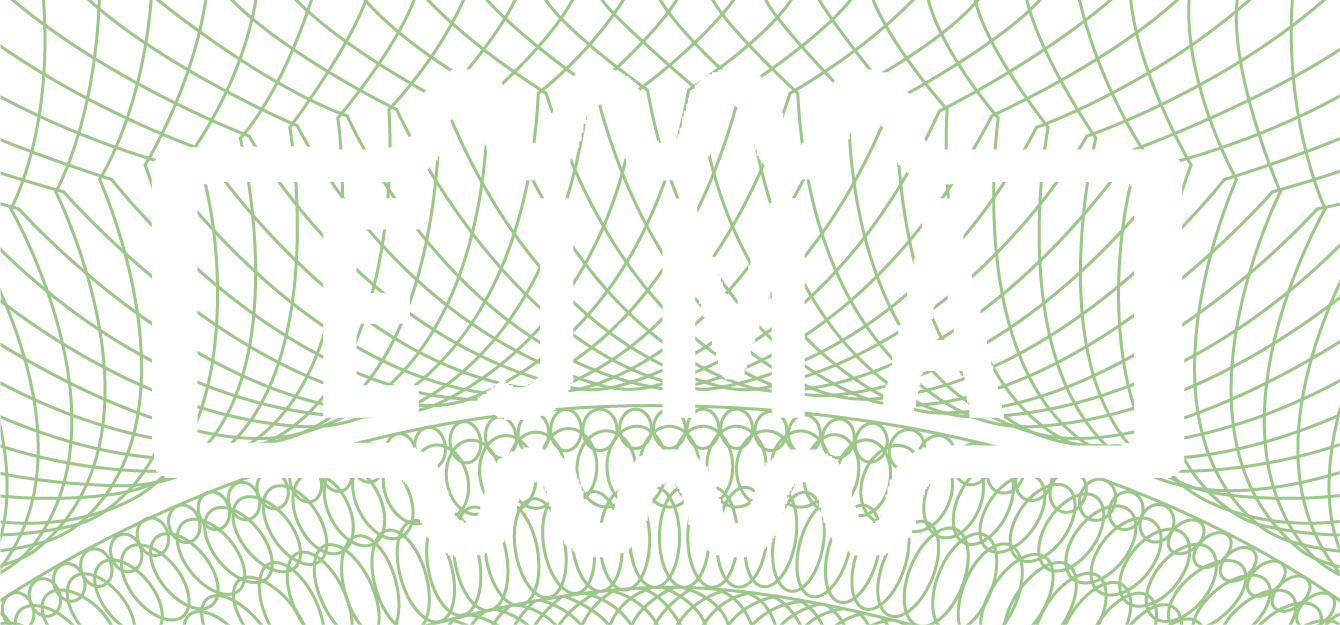Yes, we would recommend that the expansion joint is filled with Kao, but it would require a special design or over-sized bellows.
Read MoreTag: faq
With regards to materials, how do you certify the materials?
We obtain the MTR’s and additionally we perform positive material identification tests in house and if a customer requires additional the additional chemical and physical properties, we can obtain that as well.
Read MoreWhy should I use a double offset expansion joint?
A double offset expansion joint can be used to absorb large amounts of lateral motion with a minimum amount of deflection forces
Read MoreWhy do bellows have corrugations?
Bellows have corrugations (convolutions) in order to be able to absorb the thermal movement of the piping.
Read MoreWhich forming method is better of more quality?
We punch form our bellows. This is an industry accepted forming method.
Read MoreWhere is the insulation pillow located within the expansion joint?
There are a variety of places for the insulation pillow to be placed within the expansion joint. It can be inside the unit or we can fabricate the expansion joint over sized and we can fill the extra space with the insulation pillow for example to reduce the skin temperature of the fabric.
Read MoreWhere do I install expansion joints in a piping system?
The location of expansion joints in a piping system depends on the design conditions and the piping system configuration. All cases must be evaluated individually.
Read MoreWhen are center supports required on expansion joints?
Use a center spool support to support the weight of the spool between the bellows and to stabilize the center spool during operation.
Read MoreWhat type of material is normally used in the accumulation barrier?
Kaowool is used. It is a ceramic thermal blanket.
Read MoreWhat type of EJ do I use so that I don’t need to design for the pressure thrust force?
Pressure balance type. The major advantage of a pressure balanced joint is its ability to absorb axial movement without imposing additional pressure thrust into the piping system.
Read MoreWhat’s the highest cycle # you can handle?
Fatigue life of any unit has to be calculated. The number of cycles varies according to the design conditions of the expansion joints.
Read MoreWhat’s the difference between a single and multi-layer bellows?
If you use a two-ply bellows, each ply can be designed for the full temperature and pressure conditions so that if the inside ply were to fail, you would still have the outside ply to carry the design pressure and temperatures.
Read MoreWhat other name is the toroidal pipe expansion joint known as?
This expansion joint is also known as an Omega bellows pipe expansion joint for it resembles the Greek letter Omega.
Read MoreWhat limits the U-shaped design application?
Design condition of bellow prescribes physical dimension and shape of convolution. It also depends on a combination of size, temperature and pressure. The image of the rounded corner below is an example of an U-shaped design.
Read MoreWhat is the smallest inner diameter you can fabricate?
1″ nom diameter.
Read MoreWhat is the service life of expansion bellows before it needs to be serviced in steam application?
There is not a particular time period of service life, but it depends on the environmental condition of the expansion joints. Maintenance is not required on expansion joints.
Read MoreWhat is the purpose of the hinged expansion joint on a duct expansion loop?
Hinged expansion joints are used in conjunction with piping loops in order to absorb large amounts of thermal expansion.
Read MoreWhat is the leak “rate” acceptance criterion for the bolt to fabric connection?
There is not an acceptance criterion for bolt to fabric connection.
Read MoreWhat is the function of an expansion joint in a compressor?
An expansion joint is typically installed in compressor inlet or outlet piping to reduce the forces and moments on the compressor nozzles.
Read MoreWhat is the flow direction of an expansion joint?
Flow direction of an expansion joint refers to the direction by which the material within the pipe is moving.
Read More- 1
- 2
- 3
- …
- 19
- Next Page »


